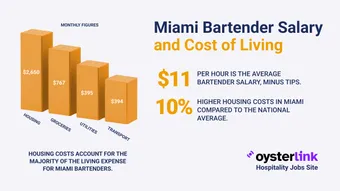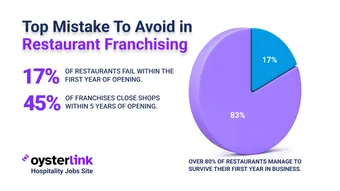Understanding the cost of living in Michigan is crucial for residents, potential movers, and investors. This guide delves into various aspects of living expenses in the state, providing a detailed analysis for 2025.
1. Overview of Michigan's Cost of Living
Michigan's cost of living is approximately 8.6% lower than the national average, with an index of 92.4. This affordability is attributed to lower housing and utility costs. Source
2. Housing Costs in Michigan
Housing is a significant factor in Michigan's affordability. The average rent for a one-bedroom apartment varies by region:
- 2010: Approximately $700 per month.
- 2015: Increased to around $800 per month.
- 2020: Further rise to about $900 per month.
- 2024: Reached approximately $1,100 per month.
- 2025: The average rent for a one-bedroom apartment is $1,109 per month. Source
Notably, areas like Ann Arbor have higher rents, with a studio averaging $1,327 per month in 2025. Source
3. Utility Expenses
Utility costs in Michigan are 2% lower than the national average. However, external factors can influence these expenses. For instance, Ontario's 25% surcharge on electricity exports to Michigan in 2025 may impact electricity bills. Source
4. Transportation Costs
Transportation expenses encompass fuel prices, public transit, and vehicle maintenance. In 2025, Michigan residents face higher gasoline prices due to global market fluctuations and regional taxes. Public transportation remains affordable, with monthly passes averaging $70 in major cities.
5. Grocery and Food Expenses
Grocery costs in Michigan are 1% higher than the national average. A single person spends approximately $3,000 annually on groceries, while a family of four spends around $8,500. Dining out varies by location, with an average meal costing $12 at casual eateries and $25 at mid-range restaurants.
6. Healthcare Costs
Healthcare expenses in Michigan are slightly below the national average. Annual healthcare costs for an individual are approximately $4,500, while a family of four spends around $12,000. These figures include insurance premiums, doctor visits, and medications.
7. Education Expenses
Michigan offers diverse educational opportunities. Public school education is funded through taxes, minimizing direct costs. Private schooling averages $10,000 annually. Higher education costs vary, with in-state tuition for public universities averaging $14,000 per year.
8. Taxation in Michigan
Michigan imposes a flat personal income tax rate of 4.25%. Additionally, 22 cities levy local income taxes, typically 1% for residents and 0.5% for non-residents. The state sales tax is 6%, with exemptions for essential items like food and medication. Property taxes are assessed locally, contributing to the State Education Tax. Source
9. Impact of Inflation on Living Costs
Inflation affects various living expenses. In 2024, Michigan experienced a 3% inflation rate, influencing prices of goods and services. Residents reported increased difficulty affording basic necessities compared to previous years. Source
10. Employment and Income Trends
Michigan's unemployment rate in 2025 stands at 4.2%, reflecting a stable job market. The median household income is approximately $60,000, with variations across industries and regions. Manufacturing, healthcare, and technology sectors offer competitive salaries.
11. Regional Variations in Living Costs
Cost of living varies within Michigan:
- Detroit: Lower housing costs but higher transportation expenses.
- Ann Arbor: Higher housing and education costs due to its university presence.
- Grand Rapids: Balanced living costs with a growing job market.
12. Comparison with Neighboring States
Michigan's cost of living is competitive compared to neighboring states:
- Ohio: Slightly lower overall costs but higher sales tax.
- Indiana: Comparable housing costs but lower property taxes.
- Illinois: Higher living expenses, especially in urban areas like Chicago.
13. Future Projections
Experts anticipate a gradual increase in Michigan's cost of living, aligning with national inflation trends. Housing and healthcare are expected to see modest rises, emphasizing the importance of financial planning for residents.
14. Tips for Managing Living Expenses
To manage living costs in Michigan:
- Utilize public transportation to reduce fuel expenses.
- Explore energy-efficient home improvements to lower utility bills.
- Shop at local farmers' markets for affordable, fresh produce.
- Consider community healthcare programs for cost-effective medical services.
15. Conclusion
Michigan offers an affordable living environment with costs below the national average. Understanding regional variations and staying informed about economic trends can help residents and newcomers make informed financial decisions.





Loading comments...